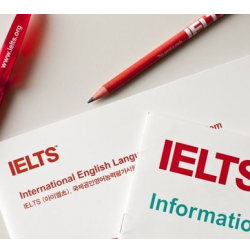Practice Doesn't Make Perfect - Part 1

۲۴ تیر ۱۳۹۶
Practice is an essential component in learning a foreign language. However, practice alone is not sufficient. To become fluent, learners must move beyond the practice of a language to the production of the language.
Characteristics of Practice:
We use “practice” to refer to the repeated use of controlled or scripted language pieces. The patterns, phrases, and forms are determined by the teacher or the text. Such language may or may not be presented in context. It may or may not represent authentic language use.
Practice should do at least three things: (a) it should give students the chance to use the target structure or vocabulary without feeling as if they are in a specific testing situation; (b) it should reintegrate previously taught material; and (c) it should be safe. Learners should feel that they are investigating, discovering, and playing around with the language without having too much riding on the outcome. This means that students will not fail if they make mistakes and that there are no severe consequences for making errors in this phase of the learning process (Maurer 1997).
The goal of the practice phase is to make learners confident that they can use the language with some level of accuracy. It is at this point that learners may begin to automatize patterns. Because these patterns and forms are somewhat limited in scope, it means that learners will be able to respond with memorized phrases or with limited vocabulary and prescribed patterns. However, stopping at this junction suggests that learners are not likely to become proficient in the language due to the restricted nature of the practice activities. For this reason, one should move into more production based activities.


